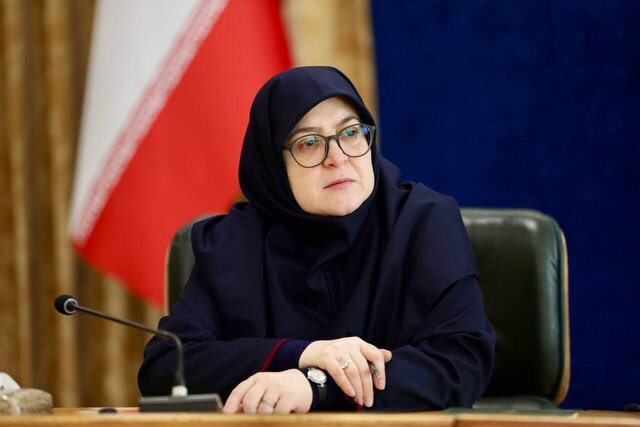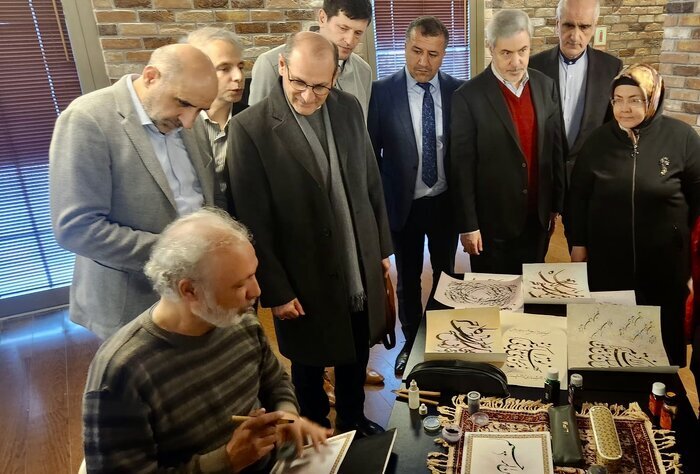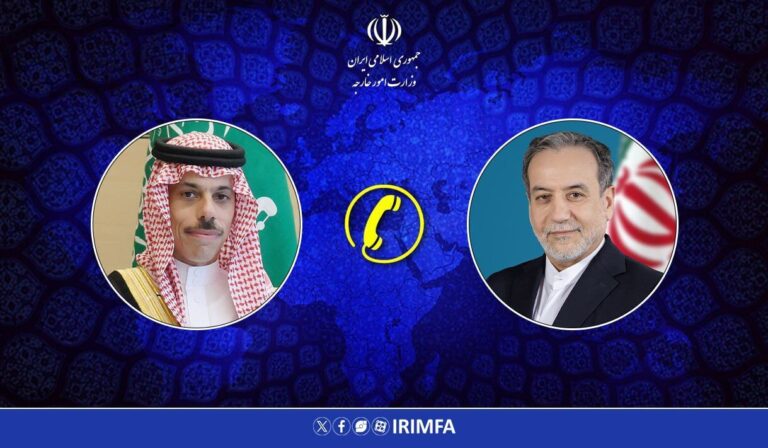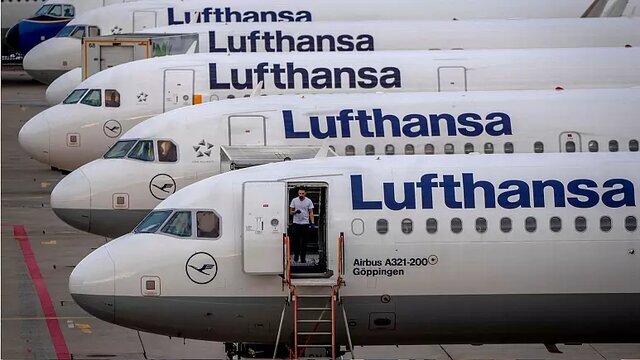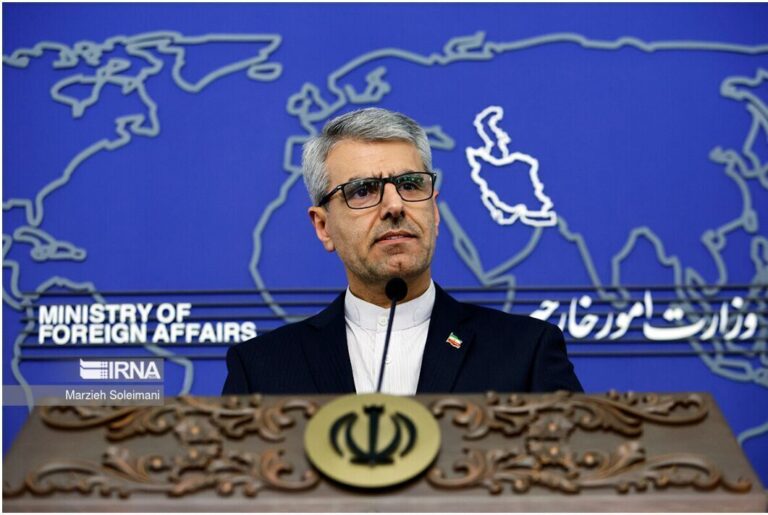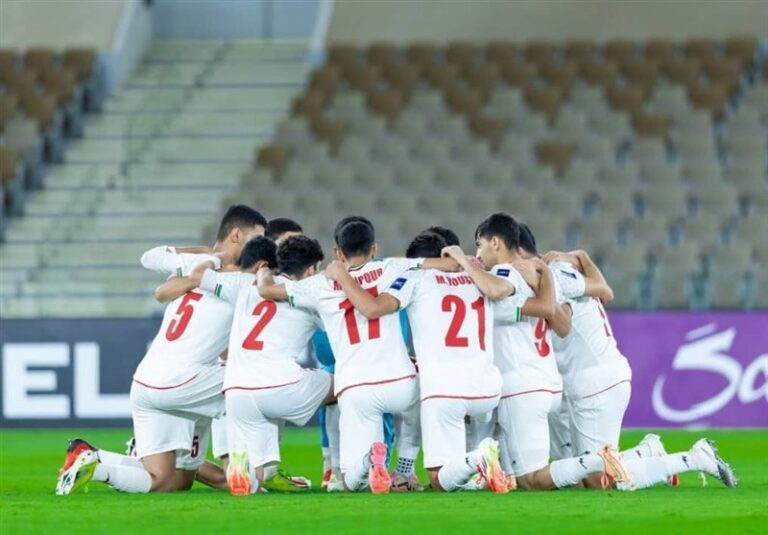Iran Launches Comprehensive Medical Tourism System to Attract Global Patients
Iran is embarking on an ambitious initiative to enhance its medical tourism sector with the introduction of a comprehensive management system. This follows the successful pilot program conducted in Khorasan Razavi province. The new system aims to address various challenges and boost the nation’s appeal as a destination for medical travelers.
According to Hossein Nikounam, the head of the Khorasan Razavi Health Tourism Association, the system will officially launch with the start of the upcoming Iranian year (1404), which begins on March 21. “The pilot project, which began in October 2024 under the directive of the Ministry of Tourism, has yielded positive results. Due to its success, implementation will be mandatory nationwide in early 1404,” he stated.
While the initiative is promising, Nikounam pointed out significant challenges that currently plague Iran’s health tourism industry:
- Political and security tensions
- Flight cancellations
- Negative media portrayals
These factors contributed to a troubling 30% decline in medical tourism during the year 1403 compared to the previous year. The demographic of medical tourists has also shifted, with approximately 85% now hailing from neighboring countries such as Iraq, Afghanistan, and Turkmenistan. This change is largely attributed to proximity and the influence of religious tourism in cities like Mashhad.
Further complicating the situation are discrepancies in official tourism statistics. Nikounam noted that certain governmental agencies inaccurately categorize foreign nationals who have resided in Iran for over six months as health tourists, which skews the actual figures.
Impact of Religious and National Holidays
The flow of medical tourists to Iran fluctuates significantly during religious and national holidays. For instance, during Ramadan, the number of medical tourists typically decreases, as many patients from neighboring Muslim-majority countries opt to postpone their treatments. Similarly, the Persian New Year, known as Nowruz, sees a decline in foreign patient visits due to hospital closures and doctors taking vacations.
To tackle these seasonal challenges, hospitals and health tourism companies are being encouraged to maintain the availability of medical professionals for emergencies and to continue offering free services to critical patients during peak holiday periods.
The Need for a Unified Strategy
Nikounam stressed the necessity for a coordinated strategy among key governmental bodies, including the Ministry of Health, Ministry of Tourism, and Ministry of Foreign Affairs. He highlighted that over 80% of the sector’s challenges arise from domestic mismanagement rather than external factors like international sanctions or security issues.
One pressing concern is the pressure on public hospitals. Iranian patients often face long waiting times for essential surgeries, while foreign medical tourists receive expedited treatment. Redirecting foreign patients to private hospitals could relieve this burden and foster growth in the industry.
For sustainable development in the health tourism sector, Nikounam urged policymakers to:
- Simplify administrative processes
- Enhance collaboration between agencies
- Maximize the capabilities of private healthcare institutions
Implementing these strategies could significantly improve the landscape of medical tourism in Iran, making it a competitive player on the global stage. By overcoming the existing challenges and capitalizing on the strengths of its healthcare system, Iran can attract more international patients seeking medical care.
As the country prepares for the implementation of this comprehensive management system, the eyes of the world will be on Iran as it strives to revitalize its health tourism industry and create a more welcoming environment for medical travelers.

